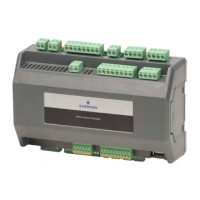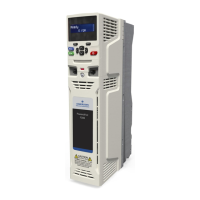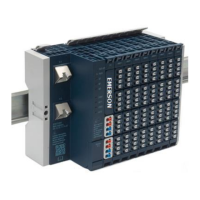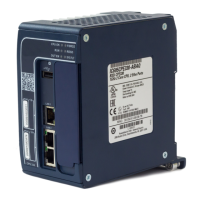PNC001 indicates premature
MRP Ring closure and logs
extra Ring Closed/Ring Open
faults when the network cable
reconnected
Two scenarios can cause the PNC001 to indicate that an MRP Ring is closed
when, in fact, it is still open. The scenarios are:
1.
When either an RX3i PNS001 or PNC001 that participates in the MRP ring
as an MRP Client communicating via Copper or Fiber SFPs is powered-up
in the MRP ring, extra Ring Closed/Ring Open faults are logged in the I/O
fault table. A Ring Closed fault occurs during the initial stage of the
PNS001/PNC001 power-up, followed by a Ring Open fault in the middle of
the PNS001/PNC001 power-up sequence, and finally a Ring Closed fault
occurs when the PNS001/PNC001 completes power-up (OK LED on).
2.
When the first of two MRP ring breaks is restored, extra Ring Closed/Ring
Open faults are logged in the I/O fault table. Upon restoration of the first
ring break, a Ring Closed fault occurs, followed by a Ring Open fault. Then
upon restoration of the second ring break, a final Ring Closed fault occurs.
The duration between faults is a function of the PNC001’s configured MRP
Default Test Interval and Test Monitoring Count.
When either of the two scenarios is invoked, the user sees extra Ring
Closed/Ring Open faults in the I/O Fault Table. The extra Ring Closed/Ring
Open fault may be ignored.
On very rare occasions, storing a very large I/O LAN intensive hardware
configuration to the PNC001 may result in three IOC Software faults. The faults
tend to occur after a large number of changes are made to the hardware
configuration or the current hardware configuration in the system is cleared
prior to storing a new configuration.
If the controller is Faulted, clear the I/O Fault Table to recover. Otherwise, no
additional steps need to be taken, and the faults may be ignored.
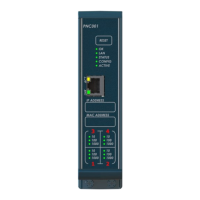
